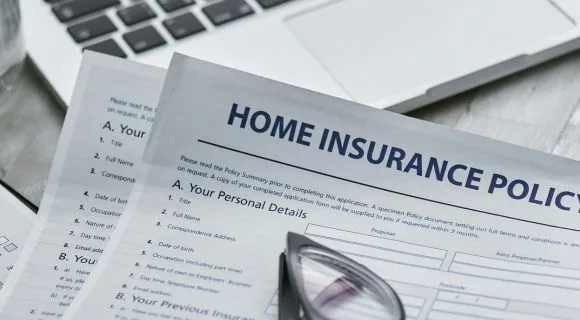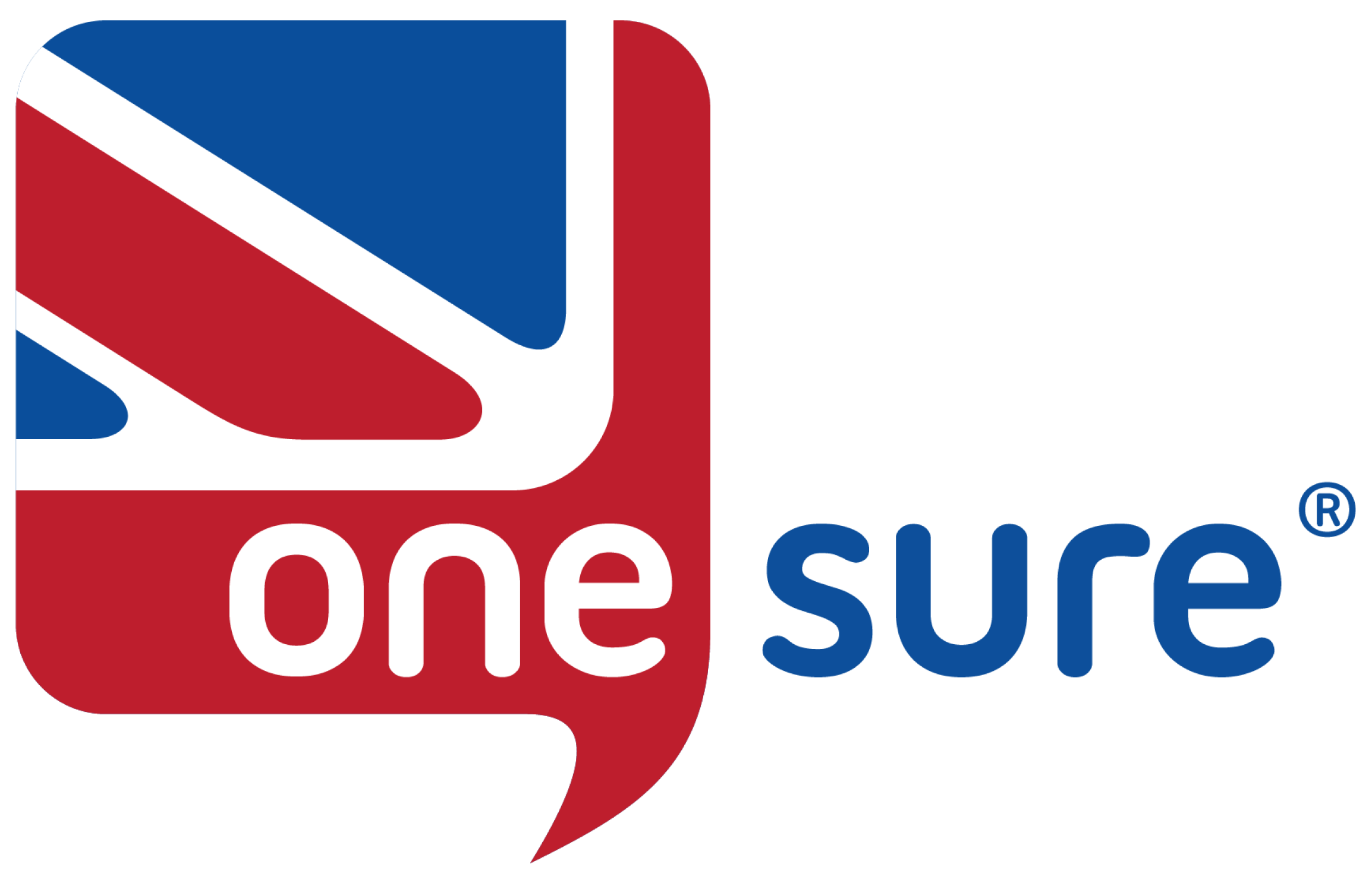This website uses cookies so that we can provide you with the best user experience possible. Cookie information is stored in your browser and performs functions such as recognising you when you return to our website and helping our team to understand which sections of the website you find most interesting and useful.
-
12, April 2024
-
Time to read: 8 mins
How Do You Read and Understand an Insurance Policy?

Reading an insurance policy may seem difficult but it doesn’t have to be. Here, we’ll explain the anatomy of a policy and advise on how to navigate each section.
Main Points:
- Understanding an insurance policy is essential to know what you’re covered for.
- Reading the Insurance Product Information Document (IPID) is a good starting point as it offers a concise summary of policy details.
- Commercial insurance policyholders may receive key facts or a summary instead of an IPID.
- An insurance schedule provides key policy information such as personal details, coverage summaries, and optional elements of cover.
- Your schedule will also tell you where to find your coverage inside your policy booklet.
- Not every section of your policy booklet applies to you, so always use your schedule to find what you’re covered for.
- If you ever need help understanding a word in your policy, the glossary in your booklet will have the definition.

How do you read and understand an insurance policy?
Reading and understanding an insurance policy may seem daunting at first. With so much legal jargon, complex clauses, and technical language, it can sometimes feel like trying to decode a whole new language.
Generally, it takes patience and getting used to it. Once you know how to read a policy and what to look for, it’s much easier to understand.
Here, we’ll go over how to read your policy and what to expect in your documents.
Remember that your policy documents may look or be in a different order depending on your insurance type. While reading this guide, consider key points of coverage that are necessary for your circumstances and the type of insurance you have.
Most policies will include the following:
A Policy Schedule
It contains:
- A summary of essential information about what you’re covered for in your policy.
- Details such as the policyholder’s name, address, policy period, excesses, and premiums paid.
- Your policy number, purchase date, and type of policy.
A Statement of Fact or Proposal Form
A statement of fact is a record of the information that your broker supplied to your insurer when applying for your policy.
Always read the statement of fact as soon as you have your documents, to make sure all the information recorded is accurate. If there are any inaccuracies, this could result in your insurance being invalid – so it’s vital to double-check it.
Sometimes you may receive a proposal form instead of a statement of fact – usually if your policy is for commercial use.
Unlike a statement of fact, your proposal form might need to be completed and returned to us, your broker. If we have asked you to do this, fill out the form carefully and double-check that everything is correct. When you are satisfied, sign it, then return it to us.

What is an insurance certificate?
Your insurance certificate is proof to the necessary authorities that your business or vehicle has the compulsory insurance required by law. Examples of this include car insurance and employer’s liability for businesses.
If your insurance is not a legal requirement, then you do not need an insurance certificate. For example, home insurance customers do not get a certificate as it is not compulsory insurance.
Do I really need to read my insurance policy booklet and documents?
It’s important to read your documents and booklet to understand your coverage conditions and exclusions— just in case you need to make a claim one day.
We understand that insurance policies are not exciting to read. So, if you’re out of time and need information as quickly as possible but cannot access your policy documents, then you need your IPID.

What is an IPID in insurance?
For policyholders, an IPID can be a time saver. Even insurance professionals who know policies inside out will still use their IPID when they need to understand the basics of their own personal policies.
So, what is an IPID, and why is it so useful? This abbreviation stands for ‘Insurance Product Information Document.’
It’s a handy document specifically designed to help consumers make informed decisions when purchasing insurance. It’s concise, easy to read, and provides the necessary information in bite-sized amounts.
Your IPID outlines the main key parts of an insurance policy in a clear, easily understandable way. It can be extremely helpful to have on-hand when you need to find out what you’re covered for but don’t have time to review your policy documents.
If you struggle with legal terms in huge documents, we recommend using your IPID as a starting point to understand your cover. While it won’t outline the nitty gritty details and clauses, it will give you a fantastic overview of everything you need to know in a more digestible format.
However, if you want more detailed information on your coverage, you’ll need your insurance schedule.
Why have I not received an IPID?
No matter your insurance type, you will always receive a schedule, a policy booklet, and a statement of fact or a proposal form.
However, IPIDs are sometimes not given to policyholders with commercial vehicle insurance and business insurance policies.
If you have a commercial policy, you may receive a summary (sometimes called key facts) instead of an IPID. You may occasionally get a proposal form instead of a statement of fact.
If your policy is used for both business and personal reasons, your insurer may create an IPID for this type of policy as it isn’t solely for commercial use.
Some insurers will even make an exception and create an IPID for commercial policies just to help customers understand their cover better.

What is an insurance schedule?
An insurance schedule gives a summary of your policy’s key information. It is a key component to understanding your insurance coverage.
Your schedule will contain the details about the coverage you’ve opted for. However, an insurance schedule is different from a policy wording.
Think of your schedule as the compass directing you to your cover in your policy booklet. It acts as a guide on where to go in the booklet to improve your understanding of this coverage.
Where can I find my excesses in my insurance policy documents?
Excesses are the amount you pay before you receive the amount you’ve claimed. Higher excesses often result in lower premiums, but they also mean you pay a sum in the event of a claim.
Your policy booklet usually outlines fixed excesses that cannot be modified. Your schedule will outline all of your excesses
For more information on excesses, read our guide: Our Guide to Insurance Excesses.
How do I use my insurance schedule to understand my cover?
Some parts of your policy booklet will detail cover that doesn’t apply to you. This is where your schedule comes in, as it directs you to where you need to go to find your cover inside the policy booklet.
Your schedule outlines exactly what you are covered for, depending on what you have opted for in terms of optional elements in your cover.
It tells you which sections of the policy booklet apply to your cover, so you can then read about your cover in more detail inside the booklet.
What is in an insurance schedule?
In an insurance schedule, you’ll find the following information:
- The names of the primary policyholder and other drivers on the policy.
- The amount paid for your policy.
- The use of the vehicle, such as if it is ‘for hire and reward’, ‘commercial’ or ‘social use’.
- A summary of your policy, along with the policy number, when you purchased it, what type of policy it is, and the cover period.
- Any endorsements as well as voluntary and compulsory excesses.
- If you have any optional elements in your cover, you’ll see these outlined here.
What is an insurance policy wording?
An insurance policy wording – sometimes called a policy booklet – outlines an insurance agreement’s terms, conditions, and specifics.
Your policy wording is the official written contract between you and the insurer. Since it is a contract, it will be detailed, and everything will be outlined thoroughly.
Most insurance policies will be split into subsections, with each outlining exclusions, exceptions, and conditions to your coverage.
This will vary depending on the type of insurance you have opted for. For example, a motorist with standard car insurance or a part-time motor trader with road risk only will have sections outlining third-party liability, fire, and theft.
However, a mechanic with motor trade combined insurance will have standard coverage outlined alongside sections relating to their business’ coverage, such as premises and employer’s liability coverage, if they’ve opted for these.
What is in an insurance policy booklet?
The contents of an insurance policy booklet will vary depending on the type of insurance you have and the insurer you’ve chosen.
It can be daunting to read these sections as they can be long. However, they’re crucial to spotting essential information you might need regarding your coverage.
Not all of the cover in your booklet will be what you’ve opted for, so it’s important to use your policy schedule if you want to know exactly which sections apply to your policy.
Your booklet will contain the following details in an order that can vary:
Details of Terms & Conditions
Your policy booklet will outline in detail the coverage referenced in your schedule. The sole aim is to help you to identify the risks that the policy protects against as well as understand any specific conditions or requirements for coverage.
Conditions are the obligations of both the policyholder and the insurer. They include responsibilities, requirements, and procedures that affect policy enforcement.
One of your conditions could be, for example, that you, as a policyholder, must supply accurate information about yourself and any named drivers on a car or van insurance policy.
If a policyholder breaks this condition and is insured using false information, the policy can be nullified and void. This doesn’t mean the policyholder won’t have to pay out anymore. Depending on the conditions outlined by your insurer, they could recover any premium shortfall, and any claims could be rejected immediately.
Exclusions
Exclusions are what your policy does not cover. This section is significant because even though you may be covered for an insurable event, the circumstances that led to it could mean you cannot claim for it.
An excellent example of an general exclusion can be seen with wheels-based insurance policies such as van or courier van insurance. A policyholder could have a comprehensive policy that covers their vehicle in an accident. However, if the accident is the result of said policyholder being under the influence of drugs or alcohol – a legal offence – they may not be able to claim for it.
We highly recommend that you pay attention to all policy exclusions just to be on the safe side.
Policy Limits
Your policy limits are the maximum amount the insurer will pay for covered losses and any restrictions for specific losses.
Cancellation
Here, you’ll have the conditions under which the insurer or you, as the policyholder, can cancel the policy.
Renewal Details & No-Claims Discounts (NCD)
The renewal process will also be outlined, and more details will be provided on your insurer’s regulations regarding your NCD (sometimes called a No-Claims Bonus or NCB).
For more information on NCBs, read our guide: How to Prove & Protect Your NCB.
For details on renewals, read our guide: How Do I Renew My Insurance?
How To Make a Claim
This section will take you through the claims process and provide information necessary in the event of a claim. This will include your insurer’s claims line and information you may need to provide on the phone.
For more information on claims, read our guide: How to Make a Claim.
Your Insurer’s Contact Details
Whether you need to make a claim or adjust your coverage, knowing who to contact is a good starting point. Your policy documents will have your insurer’s contact details clearly outlined to ensure you can get in touch.

My policy wording has a word I don’t understand. How can I find out what it means?
A glossary—sometimes called ‘definitions’—will outline any complicated terms in your policy documents. Usually, these are right at the start of your booklet, but a few insurers might put them after the actual policy wording at the back.
You’ll encounter trickier words such as ‘indemnity’ and outlines of terms such as ‘an insurable event.’ However, you’ll also notice that even the more straightforward vocabulary is outlined. This ensures that you can precisely understand your policy without grey areas.
Insurers and brokers understand that the vocabulary in these documents can be challenging for the public. Our teams are always happy to discuss your policy wording. If you ever need an extra hand, contact our customer service team on 01782880140.
